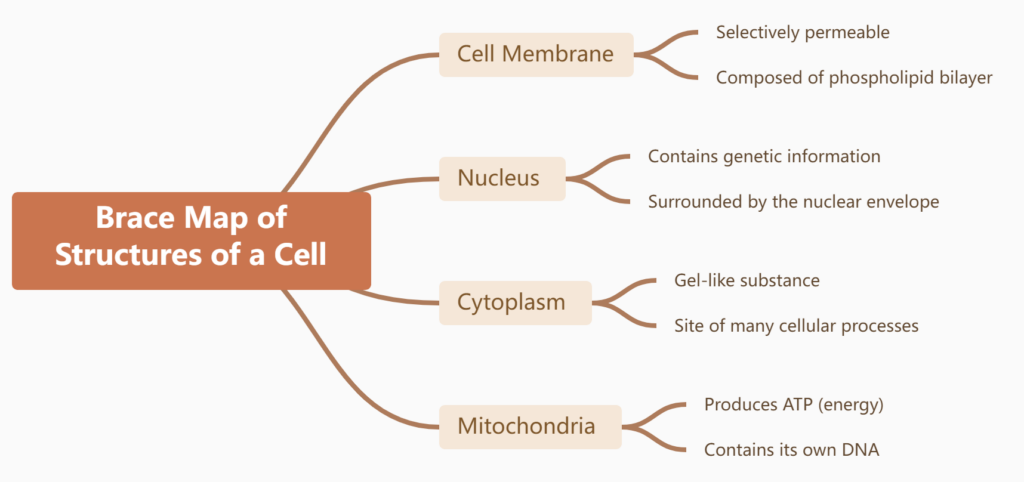
Cells in Human Body
The human body consists of a vast array of cells, each playing distinct roles essential to the overall functioning of tissues and organs. One of the most common types of cells is the epithelial cell. These cells form the linings of surfaces and cavities throughout the body, serving as protective barriers. Another prevalent cell type is the muscle cell, crucial for movement and maintaining structural integrity. Nerve cells, or neurons, transmit electrical signals enabling communication within the nervous system. Connective tissue cells, such as fibroblasts, contribute to structural support and wound healing. Blood cells, including red and white blood cells, are integral for oxygen transport and immune response. Endothelial cells line blood vessels, facilitating nutrient exchange. Understanding these common cell types underscores the complexity and specialization inherent in the human body, highlighting the collaborative efforts of diverse cell populations to sustain life and functionality.
Structure of Cells Displayed with Brace Map
The Brace Map of Structures of a Cell provides a detailed exploration of fundamental components that constitute a cell. The mind map is organized into four main sections: Cell Membrane, Nucleus, Cytoplasm, and Mitochondria, each unveiling key attributes and functions. The Cell Membrane, depicted as selectively permeable, is highlighted for its composition of a phospholipid bilayer, emphasizing its role in regulating the passage of substances into and out of the cell. Moving to the Nucleus, the map underscores its significance as the repository of genetic information, enclosed by the protective nuclear envelope. The Cytoplasm, characterized as a gel-like substance, is identified as the dynamic site for numerous cellular processes. Lastly, the Mitochondria, recognized for its role in energy production (ATP synthesis) and possession of its own DNA, is presented as a powerhouse within the cell. This Brace Map offers a comprehensive overview of the structural intricacies of a cell, providing insights into the functions and interactions of its essential components.
Create Brace Map with Visual Paradigm Smart Board
The Brace Map, as a visual representation tool, is commonly utilized to enhance understanding and knowledge retention in various educational and professional settings. Its hierarchical structure allows for the systematic organization of information, making it particularly effective in breaking down complex topics into manageable components. In educational contexts, teachers often employ Brace Maps to facilitate student comprehension of intricate subjects. In the professional realm, the Brace Map proves valuable for project planning, strategy development, and process mapping. To elevate the efficiency and creativity in creating Brace Maps and other visual aids, Visual Paradigm Smart Board stands out as an exceptional tool. With its user-friendly interface and versatile features, Visual Paradigm Smart Board empowers users to effortlessly construct and customize Brace Maps. Elevate your mapping experience with Visual Paradigm Smart Board and unlock the full potential of visualizing complex ideas and structures.